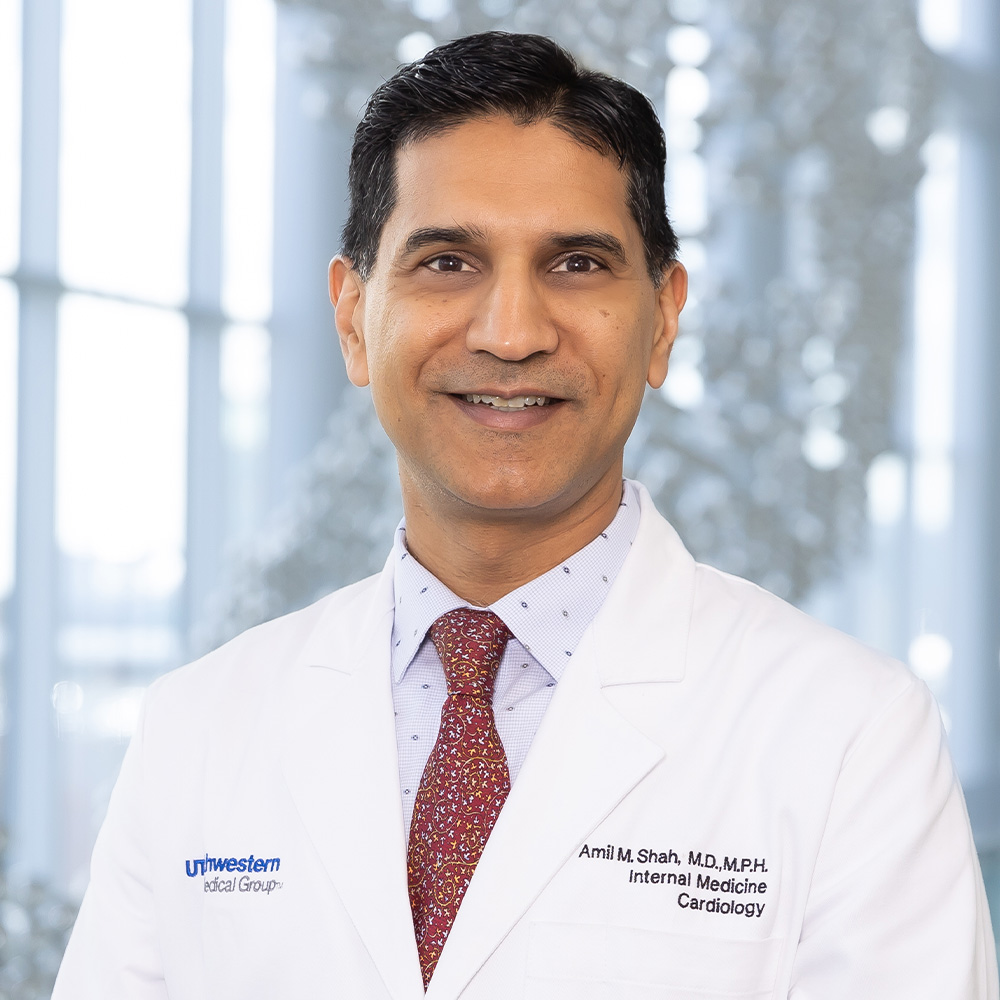Study identifies 18 proteins linked to heart failure, frailty
UTSW-led research could pave way for new interventions to prevent, treat both conditions concurrently

DALLAS – July 29, 2024 – An analysis of blood samples from thousands of study participants, led by researchers at UT Southwestern Medical Center, revealed 18 proteins associated with both heart failure and frailty, conditions that commonly develop in late life. Their findings, published in JAMA Cardiology, could lead to new strategies to jointly predict risk, administer preventive approaches, or treat these conditions, which often occur together.

“Our findings support shared biological pathways underlying both heart failure and frailty, suggesting interventions to prevent or treat one outcome may help decrease the burden of the other,” said study leader Amil Shah, M.D., M.P.H., Professor of Internal Medicine in the Division of Cardiology and in the Peter O’Donnell Jr. School of Public Health at UT Southwestern.
As the world’s population ages, so do the prevalence and incidence of heart failure and frailty, disorders that tend to occur in the seventh decade of life and beyond. Heart failure is characterized by an inability of the heart to keep up with the body’s demands; symptoms of frailty are a general loss of physical function, with features often including unintentional weight loss, physical exhaustion, and low physical activity. Frailty occurs in up to half of people with heart failure, and the risk of heart failure increases in people with frailty.
Although inflammation has been implicated in both of these multisystem disorders, whether heart failure and frailty share molecular pathways has been unknown.
To answer this question, Dr. Shah and colleagues across the country used data from the Atherosclerosis Risk in Communities (ARIC) study, an ongoing longitudinal study initiated in the late 1980s at sites in North Carolina, Mississippi, Minnesota, and Maryland. Originally meant to investigate factors that influence atherosclerosis risk in study participants over a series of visits, ARIC has expanded its scope over the past four decades, including an assessment of frailty at study visits five, six, and seven between 2011 and 2019.
Using medical records, the researchers searched for hospitalizations for heart failure in 10,630 ARIC participants who submitted blood samples earlier in the study. They then compared almost 5,000 proteins present in the blood samples of participants who experienced heart failure and those who didn’t, turning up 83 proteins that seemed to be associated with heart failure that occurred both in midlife and late life. After searching for proteins in participants who developed frailty in late life (by visit six), they narrowed the list to 18 proteins that seemed to be associated with both heart failure and frailty. The same 18 proteins also were associated with both disorders among 3,189 participants in a different study, the Cardiovascular Health Study.
Not surprisingly, several of these proteins play known roles in inflammation. However, others appear to be involved in fibrosis (thickening and scarring of tissue), lipid metabolism, and cell death. A separate genetic analysis suggested five of the proteins could be causative for both conditions.
Future research will build on these findings by delving into the mechanisms of how the proteins might contribute to heart failure and frailty or result from their occurrence, Dr. Shah said. By building a better understanding of the 18 proteins, he added, researchers may eventually be able to develop drugs to concurrently prevent or treat both conditions.
Other UTSW researchers who contributed to this study were first author Diego Ramonfaur, M.D., M.Sc., M.P.H., Research Associate, and Victoria Lamberson, Ph.D., Data Scientist II.
Dr. Shah holds the Dallas Heart Ball Chair in Cardiac Research and the Hoffman Endowment in Public Health. He is also Director of Population Sciences in Internal Medicine at UTSW and Director of the Dallas Hearts and Minds Study.
ARIC has been funded in whole or in part with grants from the National Heart, Lung, and Blood Institute (NHLBI) (HHSN268201700001I, HHSN268201700002I, HHSN268201700003I, HHSN268201700004I, and HHSN268201700005I). The current study also was supported by NHLBI grants (R01HL135008, R01HL143224, R01HL150342, R01HL148218, R01HL160025, and K24HL152008 to Dr. Shah, and grants U24AG059624 and U01HL160272).
About UT Southwestern Medical Center
UT Southwestern, one of the nation’s premier academic medical centers, integrates pioneering biomedical research with exceptional clinical care and education. The institution’s faculty members have received six Nobel Prizes and include 25 members of the National Academy of Sciences, 21 members of the National Academy of Medicine, and 14 Howard Hughes Medical Institute Investigators. The full-time faculty of more than 3,200 is responsible for groundbreaking medical advances and is committed to translating science-driven research quickly to new clinical treatments. UT Southwestern physicians provide care in more than 80 specialties to more than 120,000 hospitalized patients, more than 360,000 emergency room cases, and oversee nearly 5 million outpatient visits a year.
